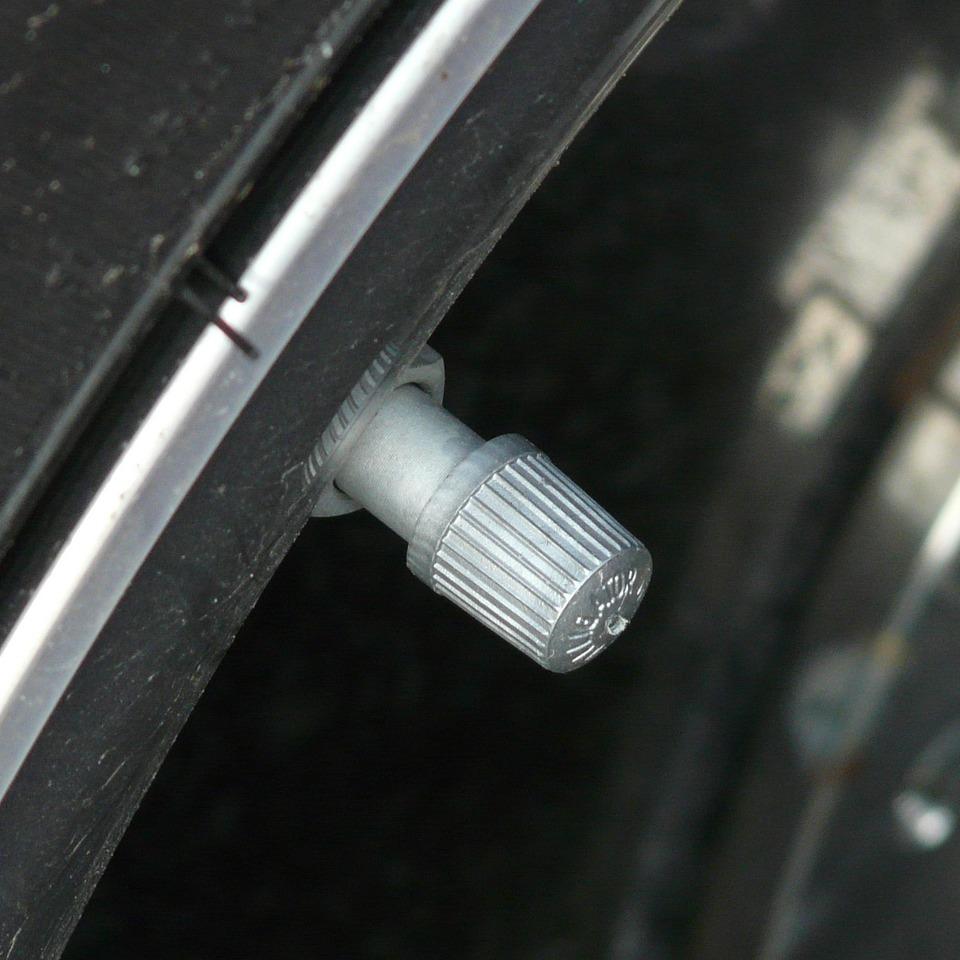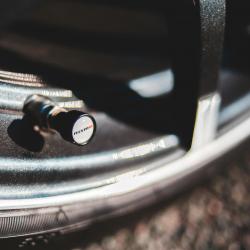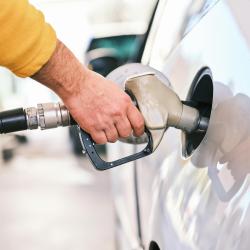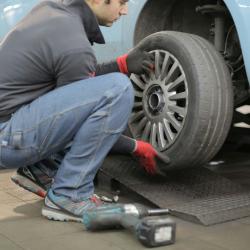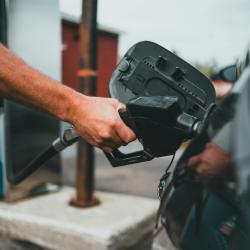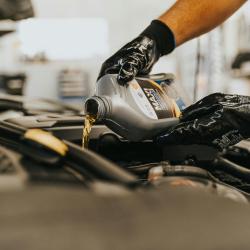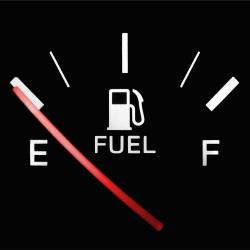The Impact of Tire Pressure on Fuel Economy: What You Need to Know
Maximizing fuel economy has become a priority. While hybrid vehicles and electric cars often dominate the conversation, there are simpler, everyday choices that can significantly impact fuel efficiency. One such factor is tire pressure—a detail that is commonly overlooked but plays a crucial role in a vehicle's overall performance and fuel consumption.
The Science Behind Tire Pressure and Fuel Economy
Tire pressure affects how a tire makes contact with the road. When tires are under-inflated, they create more rolling resistance because a larger portion of the tire surface touches the ground. This increased resistance means that the engine has to work harder to move the vehicle forward, resulting in higher fuel consumption. Conversely, properly inflated tires reduce the contact area with the road, minimizing rolling resistance and, in turn, improving fuel efficiency.
Quantifying the Impact
According to studies conducted by the U.S. Department of Energy, keeping tires properly inflated can improve gas mileage by up to 3%. While this figure might seem modest at first glance, it can translate into significant savings over time, particularly for those who drive frequently or have long commutes.
For example, consider a vehicle that averages 25 miles per gallon. If improving tire pressure results in a 3% increase in fuel efficiency, this vehicle could gain approximately 0.75 miles per gallon. Over a year, assuming an average of 15,000 miles driven, this improvement could save around 25 gallons of fuel—equating to substantial savings at the gas pump.
Environmental Implications
Beyond the economic benefits, maintaining optimal tire pressure is also environmentally friendly. Improved fuel efficiency means that a vehicle emits fewer greenhouse gases per mile traveled, contributing to a reduction in the overall carbon footprint. Given the global push towards sustainability, even these small changes can collectively make a significant impact.
Safety and Tire Longevity
Fuel economy is not the only aspect affected by tire pressure; safety and tire longevity are also at stake. Under-inflated tires can lead to overheating and, in extreme cases, tire failure. Moreover, they wear unevenly and more rapidly, necessitating more frequent replacements. By ensuring that tires are properly inflated, drivers can enhance vehicle safety and prolong the lifespan of their tires, further contributing to cost savings and resource efficiency.
Best Practices for Maintaining Tire Pressure
-
Regular Checks: Tire pressure should be checked at least once a month and before long journeys. Tires naturally lose air over time and can be affected by temperature changes.
-
Use a Reliable Gauge: Invest in a good-quality tire pressure gauge. Even a small deviation from the recommended pressure can impact fuel economy.
-
Know Your Vehicle's Requirements: The correct tire pressure for your vehicle is usually found in the owner’s manual or on a sticker inside the driver’s side door. Do not rely on the maximum pressure listed on the tire’s sidewall.
-
Consider Temperature Fluctuations: Tire pressure can drop by about 1 PSI for every 10°F decrease in temperature. It's especially important to check tire pressure as the seasons change.
-
Routine Maintenance: Include tire pressure checks in your regular vehicle maintenance routine. Many service stations and mechanics will do this as part of a standard inspection.
Conclusion
In the quest for better fuel economy, tire pressure might not be the first thing that comes to mind, but its impact is undeniable. By ensuring tires are properly inflated, drivers not only improve fuel efficiency and save money but also enhance safety and contribute positively to environmental efforts. As fuel prices and ecological consciousness continue to rise, keeping an eye on tire pressure is an easy, yet effective, step every driver can take towards a more sustainable future.
